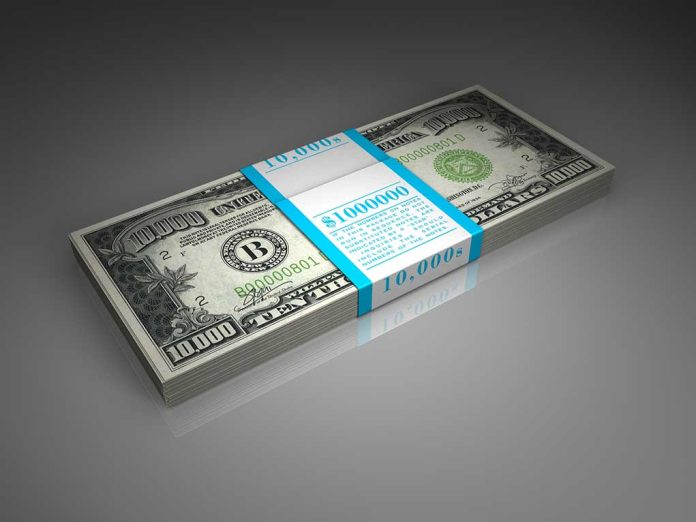
(IntegrityPress.com) – You likely won’t be hearing anyone asking for change in exchange for a $10,000 bill. It may even seem like something completely made up. But, believe it or not, the largest denomination of US currency hasn’t always been the $100 bill. Not even close.
Beyond the $100 Bill
Today, we know the $100 bill as the largest in circulation. While this isn’t necessarily untrue, there are bigger bills out there still. Of course, many of the leftover bills are in the hands of collectors and will likely never be spent. With that being said, the $500, $1,000, $5,000 and $10,000 bills are still legal tender and can be spent accordingly — although many places will simply give you a weird look and may even call the police.
While many people would be excited to come across a $10,000 bill, they may wrongly assume it’s only worth $10,000 dollars. Some of these large-denomination bills can go for well over their printed price in mint condition; some $500 bills have sold for $500,000. Now, that sounds an awful lot better than a simple $500. Despite the notes being last printed in 1945, the $500, $1,000, $5,000 and $10,000 bills weren’t discontinued until 1969.
US Currency’s Largest Denomination Ever Printed
Surprisingly, the $10,000 bill isn’t the biggest note the United States has printed. In fact, it’s not even close. The printing for this bill only lasted 3 weeks beginning in December 1934 and lasting until January 1935. It was during this time that $100,000 bills were printed.
You may be imagining that only the richest of the rich would have such notes, but this simply isn’t true. In reality, these bills never became available to the public and were only granted to Federal Reserve Banks with an equal amount of gold to back it. In fact, it is actually illegal for a private citizen to own a $100,000 bill.
Large Denominations and Why
These bill notes may seem unnecessary, but they were actually quite helpful for banks and financial institutions. You see, at that point in time, wire transfers were unreliable. Banks used the large notes to make transactions with other financial institutions.
In addition to ensuring the money made it to its destination, the large notes also made the transaction logistics easier. After all, it’s much easier to send a single $10,000 bill rather than one hundred $100 bills.
Still in Circulation
Many of these bill notes are still around, although you likely won’t find them anywhere other than in the hands of a collector. As of May 2009, an estimated 336 $10,000 bills, 342 $5,000 bills, and a whopping 165,732 $1,000 bills were still in circulation. Your chances of actually seeing one are pretty slim, but you never know.
Also, if you happen to be lucky enough to inherit one of these massive notes, don’t take it to the bank and get its face value; either hold on to it and keep it properly maintained or sell it to a collector. You’ll get way more money for it.
Copyright 2022, IntegrityPress.com













